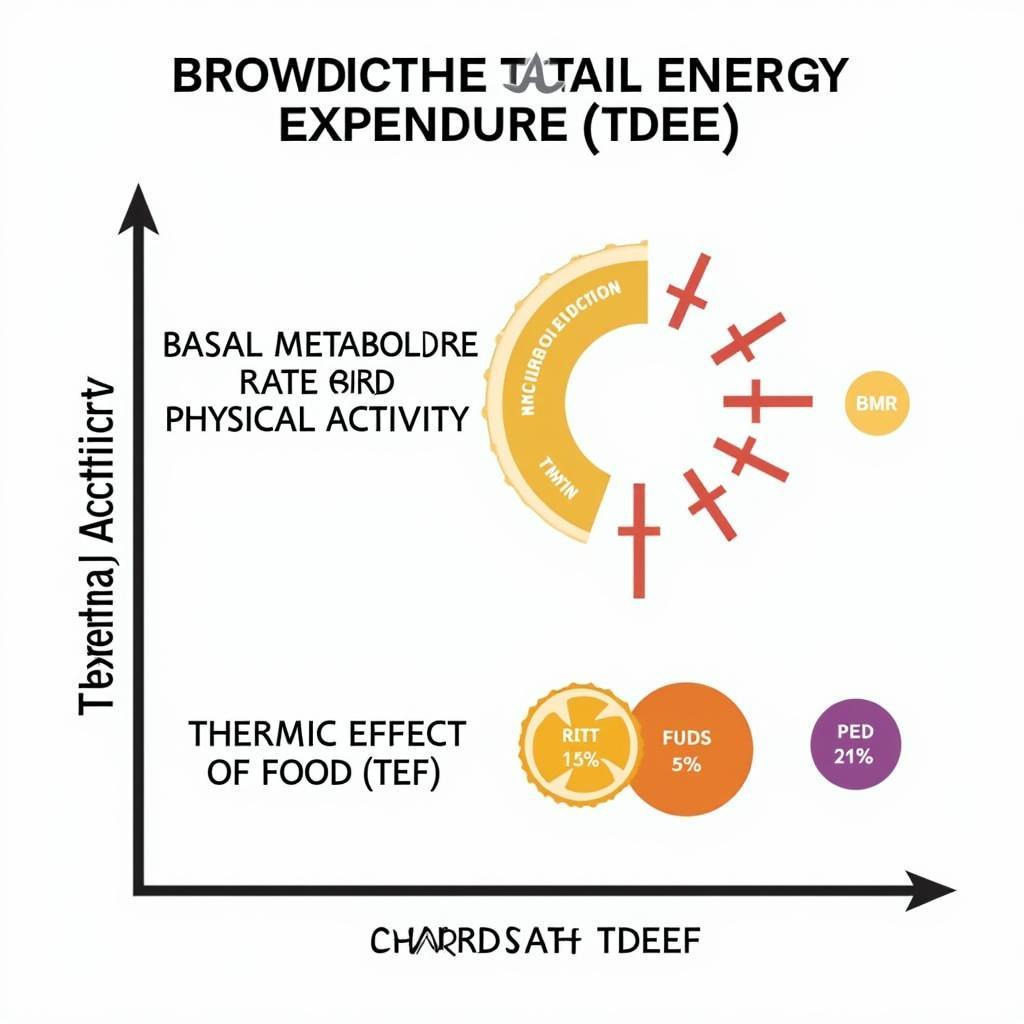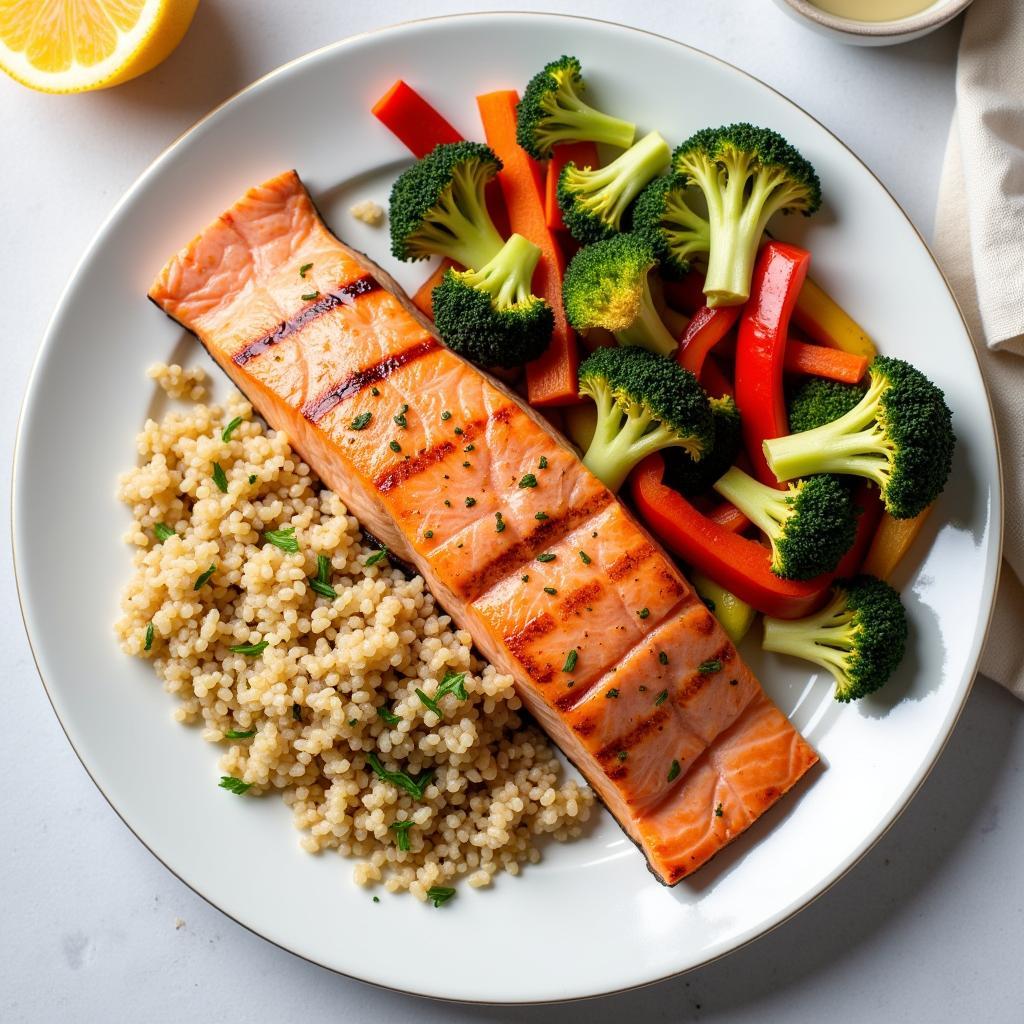Thermic foods, also known as thermogenic foods, are foods that boost your metabolism and increase calorie expenditure during digestion. This means your body burns more calories processing these foods than it does with others. Want to know more? Keep reading to uncover the secrets of thermic foods and how they can play a role in your overall health. You’ll learn about the science behind them, specific examples, and how to incorporate them into your diet.
Understanding the Thermic Effect of Food
The thermic effect of food (TEF), sometimes referred to as diet-induced thermogenesis (DIT), is the energy your body uses to digest, absorb, and process the nutrients in the food you consume. It represents the increase in metabolic rate after eating. Essentially, it’s the energy cost of eating. foods with a thermic effect can be a fascinating area of study for those interested in nutrition and weight management.
Why Are Thermic Foods Important?
Thermic foods contribute to your total daily energy expenditure (TDEE), which is the total number of calories you burn in a day. While TEF only accounts for a relatively small portion of your TDEE (around 10%), choosing foods with a higher thermic effect can slightly increase your calorie burn. This can be beneficial for weight management and overall metabolic health.
 Diagram illustrating the thermic effect of food
Diagram illustrating the thermic effect of food
Which Foods Have the Highest Thermic Effect?
Protein-rich foods generally have the highest thermic effect, followed by carbohydrates, and then fats. This is because protein requires more energy to digest and metabolize compared to other macronutrients. Think lean meats, fish, eggs, and legumes. These foods can help you feel fuller for longer, contributing to appetite control.
High-Protein Thermic Foods
- Lean meats (chicken breast, turkey, beef)
- Fish (salmon, tuna, cod)
- Eggs
- Legumes (lentils, beans, chickpeas)
- Greek yogurt
- Cottage cheese
High-Fiber Thermic Foods
Fiber-rich foods also tend to have a higher thermic effect, although not as high as protein. They require more effort for your body to break down, leading to increased calorie expenditure during digestion. Examples include whole grains, fruits, and vegetables. Looking for a list of foods with a high thermic effect? Check out foods with high thermic effect list.
- Whole grains (brown rice, quinoa, oats)
- Fruits (apples, berries, pears)
- Vegetables (broccoli, spinach, carrots)
“Thermic foods play a crucial role in optimizing metabolic function. By strategically incorporating them into your diet, you can support a healthy weight and boost your overall energy levels,” says registered dietitian, Amelia Carter, RDN.
Incorporating Thermic Foods into Your Diet
Including a variety of thermic foods in your meals can be a simple way to support your metabolism. Try adding lean protein to each meal, opting for whole grains over refined grains, and increasing your intake of fruits and vegetables. You might also be interested in learning about high calorie plant based foods.
 A balanced meal incorporating thermic foods
A balanced meal incorporating thermic foods
Spices and Thermic Effect
Some spices, such as chili peppers, ginger, and turmeric, are also thought to have a mild thermogenic effect. While the effect may be small, adding these spices to your meals can add flavor and potentially contribute to a slight increase in calorie burning. For those curious about other dietary influences, exploring foods that get you higher might be of interest.
“Don’t underestimate the power of spices! While their individual contribution to TEF might be modest, the cumulative effect over time can be significant. Plus, they add delicious flavor to your meals,” adds Dr. David Miller, PhD in Nutritional Science.
Conclusion
What Are Thermic Foods? They’re a powerful tool to boost your metabolism and support your overall health. By understanding the thermic effect of food and incorporating protein-rich foods, fiber-rich foods, and certain spices into your diet, you can take advantage of this natural process and optimize your calorie burn. Remember to consult with a healthcare professional or registered dietitian for personalized dietary advice tailored to your specific needs and goals. You can also explore emily foods for further information.
FAQ
- Do thermic foods guarantee weight loss?
- What is the difference between TEF and BMR?
- Are there any downsides to consuming thermic foods?
- How can I calculate the thermic effect of a specific food?
- Can I eat too many thermic foods?
- Are all high-protein foods thermogenic?
- What other factors affect metabolism?
Common Scenarios and Questions
-
Scenario: Someone trying to lose weight wants to know if focusing solely on thermic foods is effective.
-
Question: Can I lose weight just by eating thermic foods?
-
Scenario: An athlete wants to optimize their diet for performance and recovery.
-
Question: How can thermic foods benefit athletic performance?
Further Exploration
Consider these questions for further research on Mina Cones Food:
- How do thermic foods impact long-term weight management?
- What are the most effective meal combinations for maximizing TEF?
Contact us for assistance at Phone Number: 02437655121, Email: [email protected] or visit us at 3PGH+8R9, ĐT70A, thôn Trung, Bắc Từ Liêm, Hà Nội, Việt Nam. We have a 24/7 customer support team.